Racecars are often built for speed and performance, but some designs are downright bizarre. These unconventional vehicles push the boundaries of aerodynamics and engineering, resulting in some truly strange appearances. Here are the weirdest racecar designs that have ever hit the track.
Contents
Tyrrell P34
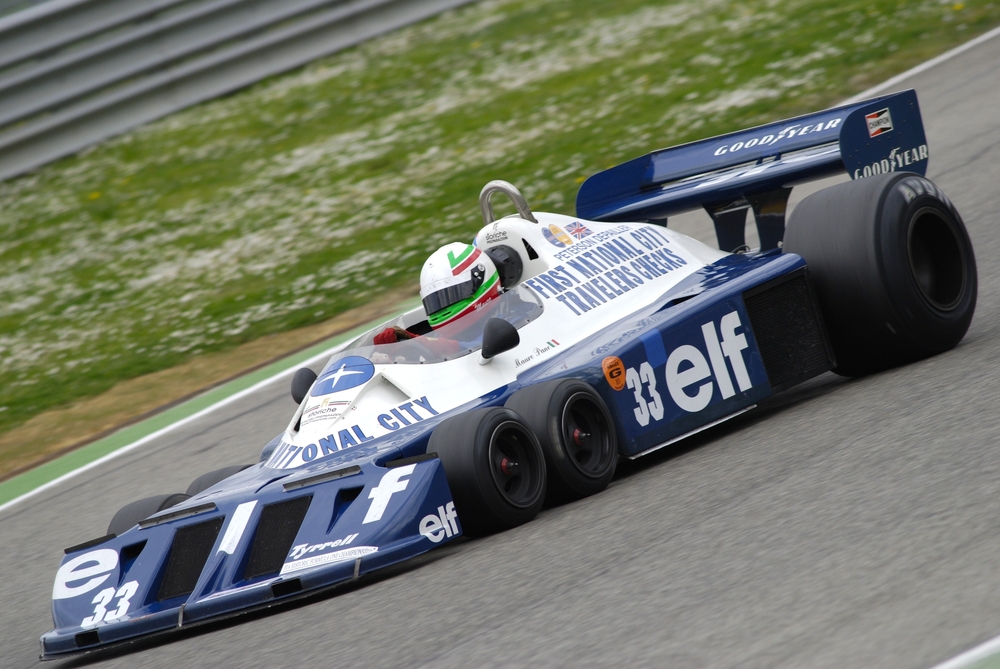
The Tyrrell P34, introduced in 1976, is one of the most unique Formula 1 cars ever built, featuring a six-wheel design. It had four smaller wheels at the front and two standard-sized wheels at the rear. This design was intended to reduce aerodynamic drag and improve cornering grip. Despite initial success, the complexity of maintaining the unusual configuration led to its short-lived career.
Chaparral 2J
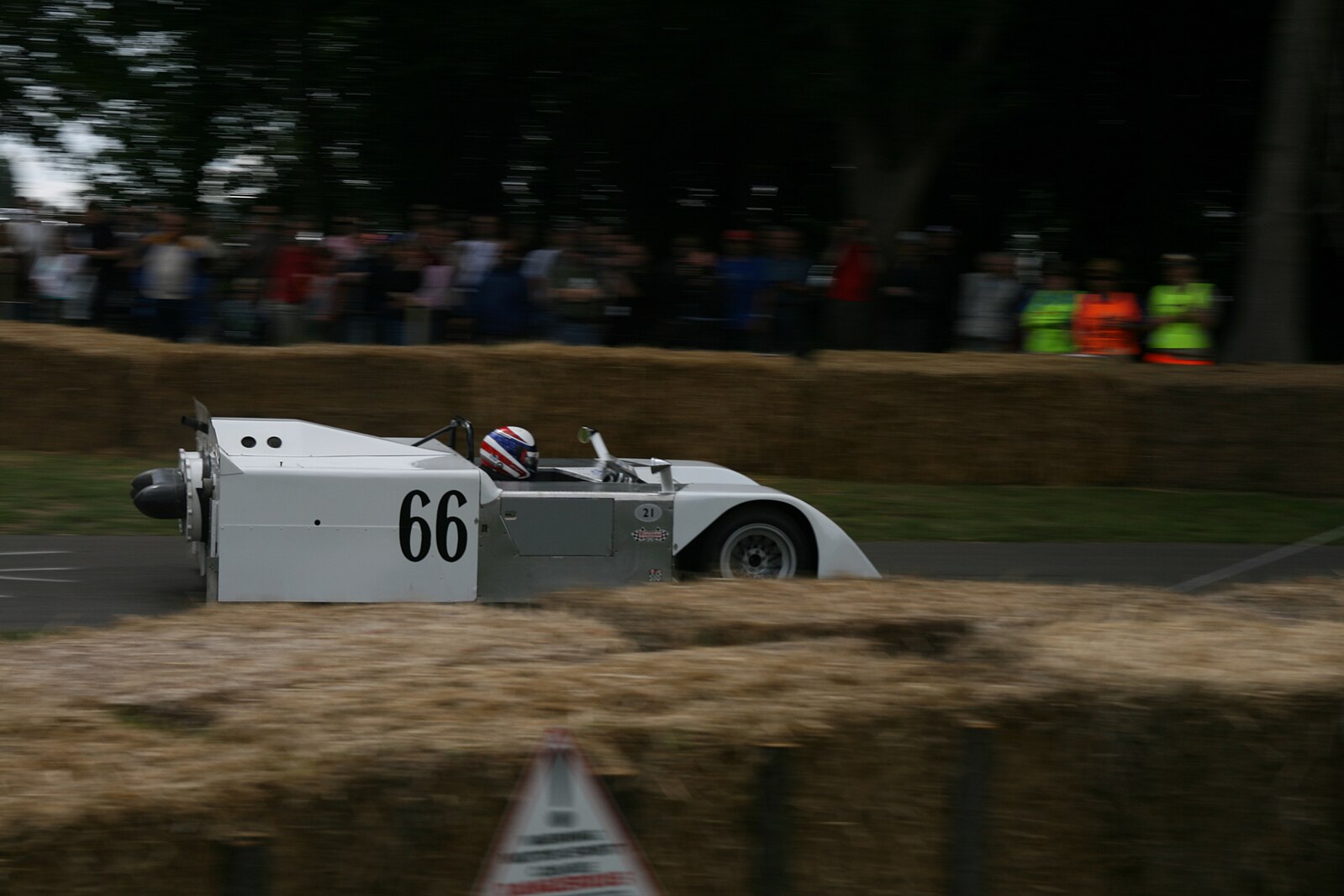
The Chaparral 2J, known as the “sucker car,” was introduced in 1970 with an innovative approach to aerodynamics. It featured two fans at the rear, powered by a separate engine, which created a vacuum under the car to increase downforce. This allowed for exceptional cornering speeds. However, the 2J was eventually banned for its unfair advantage and complex design.
Brabham BT46B

The Brabham BT46B, also known as the “fan car,” was a Formula 1 car that used a large fan at the rear to create additional downforce by sucking air from underneath the car. Introduced in 1978, it provided a significant performance advantage, but it was banned after just one race due to its controversial design and potential safety concerns.
March 711
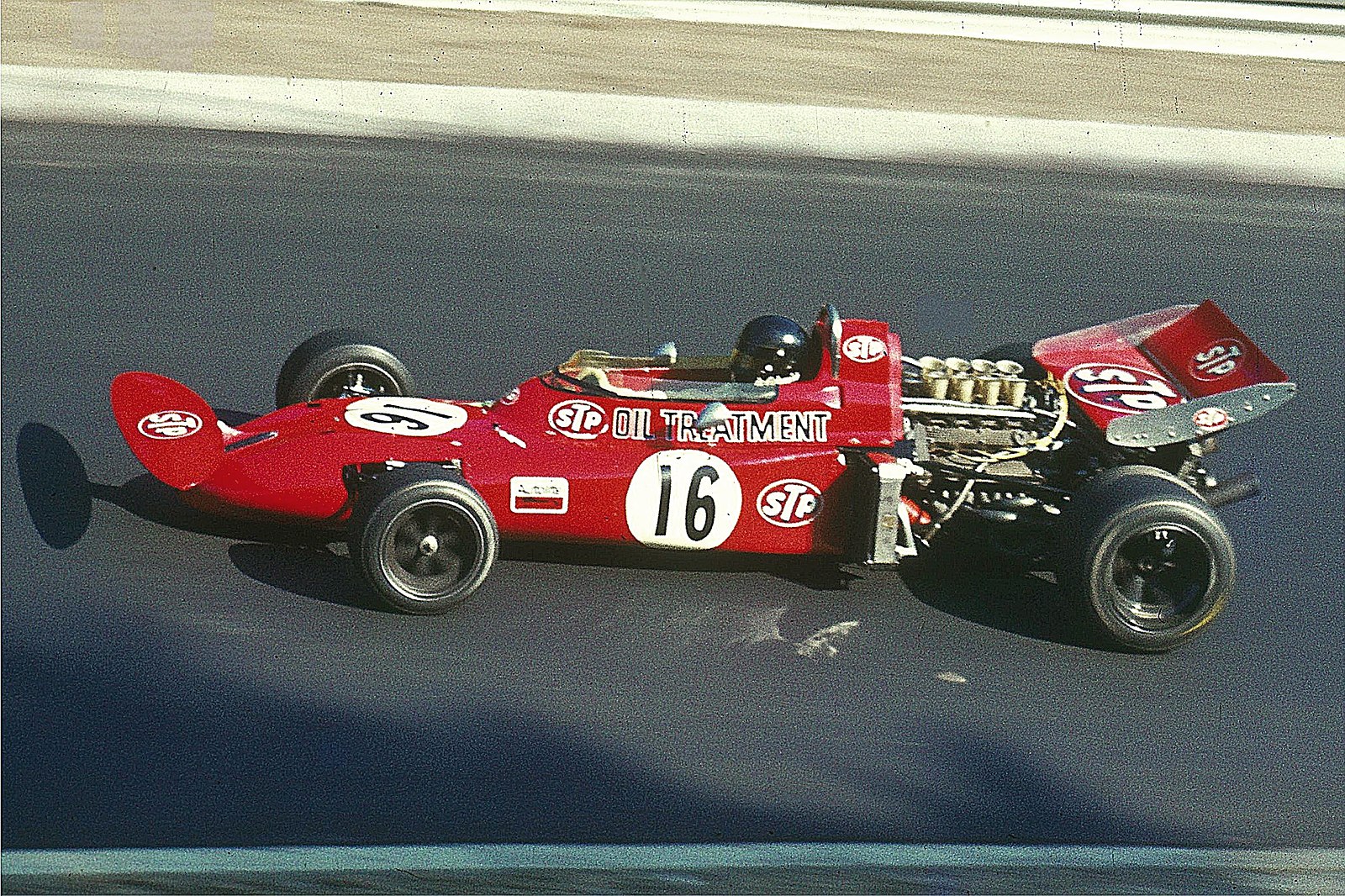
The March 711, raced in 1971, featured a distinctive “tea tray” front wing, which looked like a large, flat surface extending from the nose of the car. This unusual aerodynamic device aimed to improve downforce and stability. While innovative, the design was not particularly successful and was quickly abandoned in favor of more conventional wings.
Lotus 56
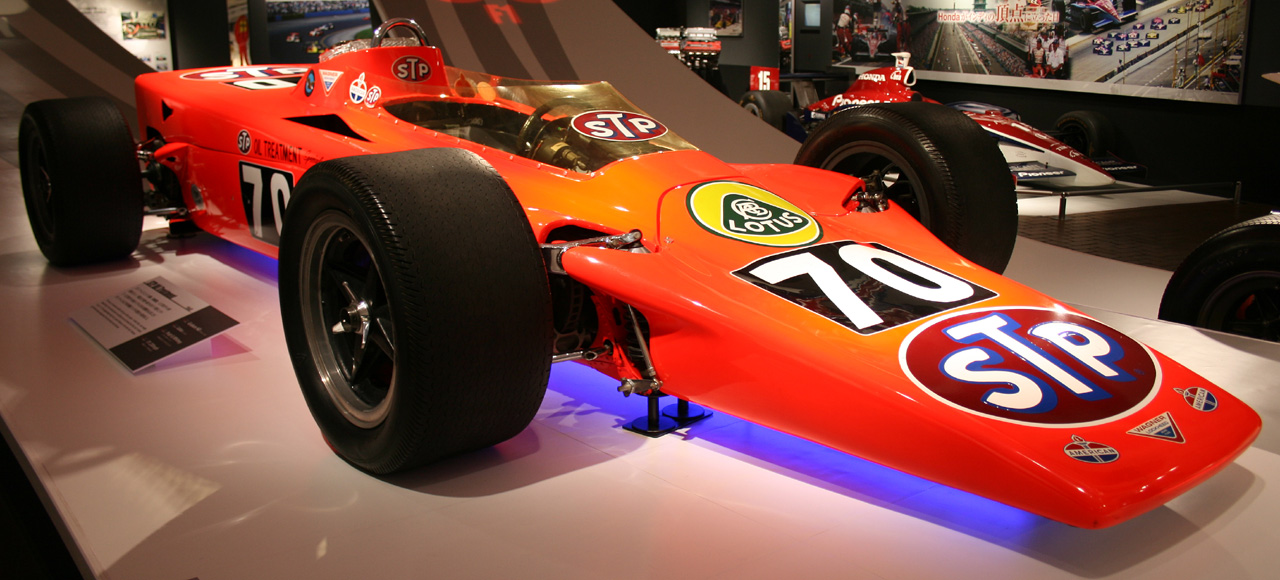
The Lotus 56, designed for the 1968 Indy 500, was a gas turbine-powered car with a wedge-shaped body. Its turbine engine provided a unique power delivery and the wedge design aimed to maximize aerodynamic efficiency. Although it showed promise, reliability issues and regulatory changes led to its limited use and eventual retirement.
Eagle T1G
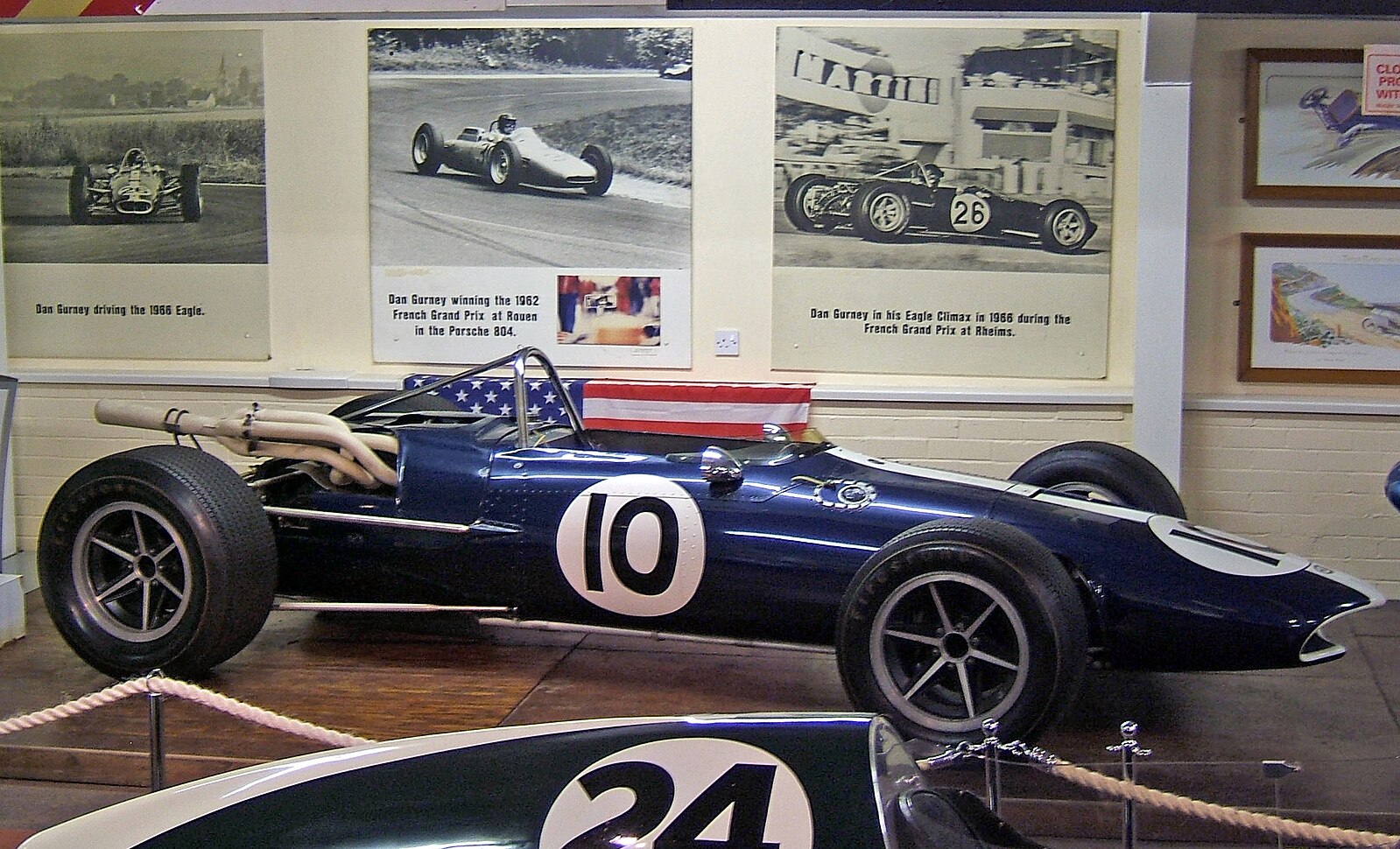
The Eagle T1G, raced in the late 1960s, featured an unusual beaked nose design, which earned it the nickname “Eagle beak.” Built by Dan Gurney’s All American Racers, the car combined an unconventional aerodynamic profile with a lightweight magnesium chassis. Despite its odd appearance, it achieved notable success, including a win at the 1967 Belgian Grand Prix.
DeltaWing
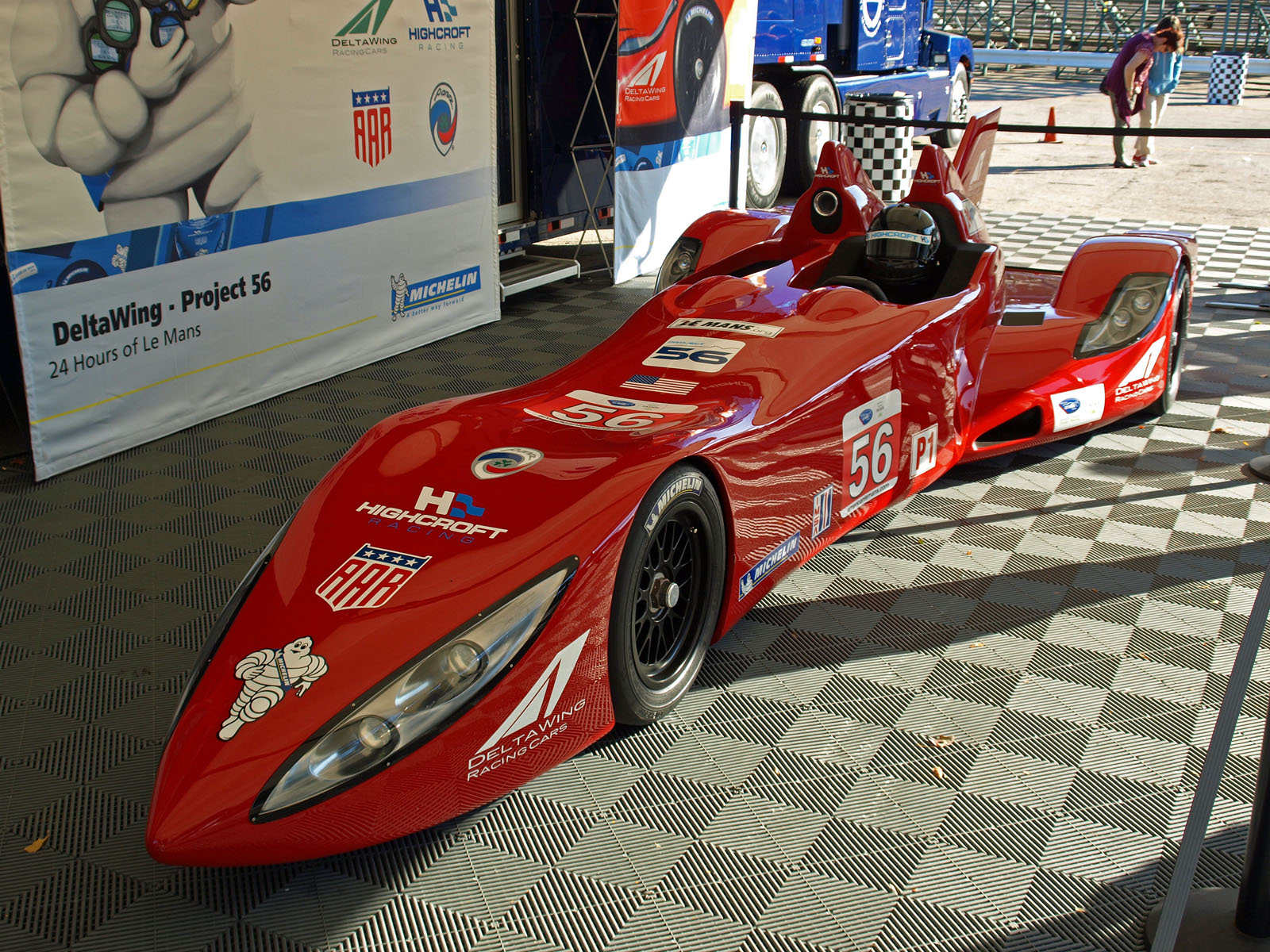
The DeltaWing, introduced in 2012, featured a radical design with a narrow front track and wide rear track, resembling a dart or delta shape. This unusual configuration aimed to reduce aerodynamic drag and weight. Despite its futuristic look and innovative approach, the DeltaWing struggled with stability and traction issues, limiting its success in competitive racing.
Toyota GT-One
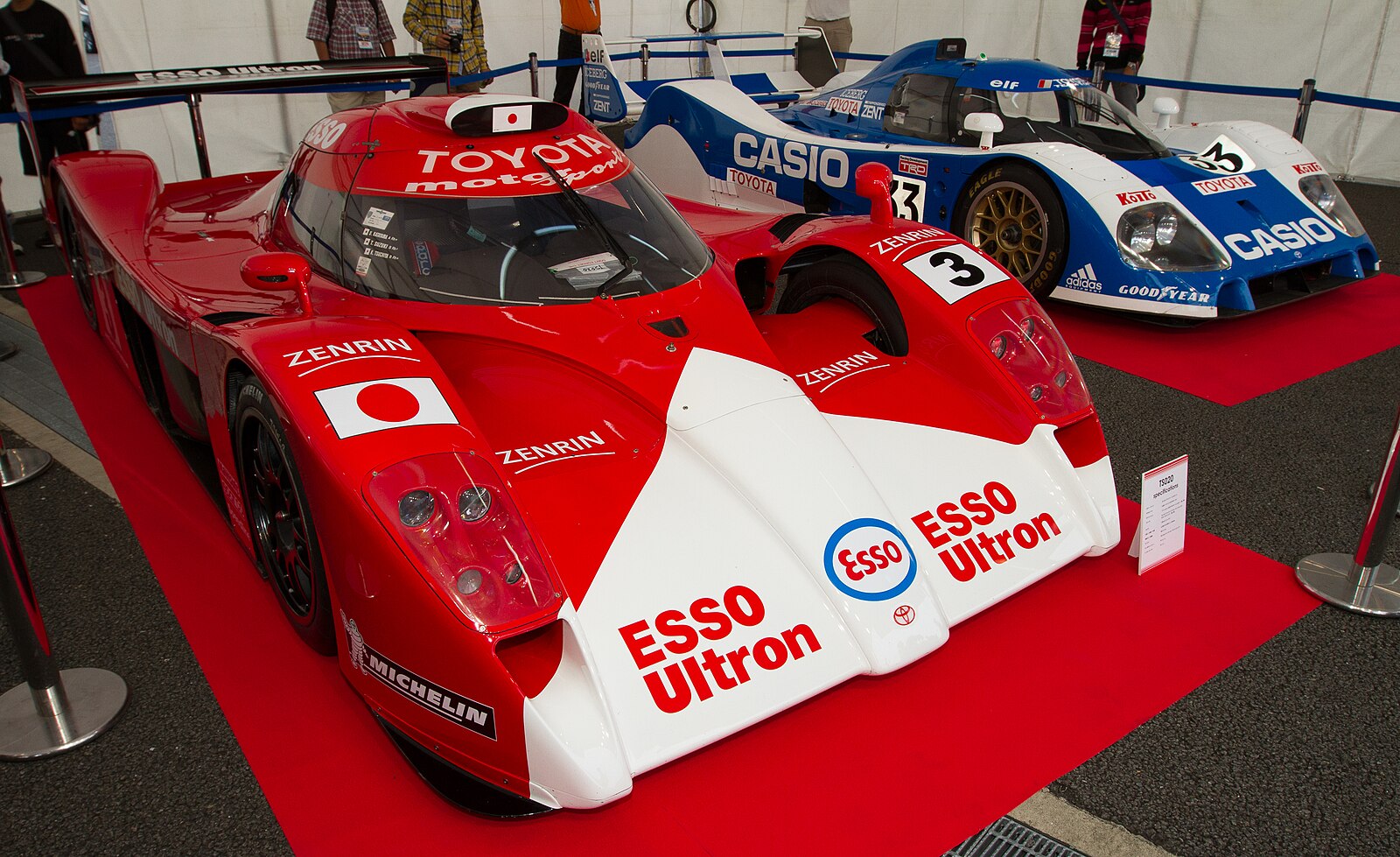
The Toyota GT-One, designed for the 24 Hours of Le Mans in the late 1990s, had a distinctive low-slung, streamlined body. Its unusual feature was the rear wheel arches integrated into the main bodywork, creating a seamless, aerodynamic shape. The car’s design pushed the limits of the regulations, making it one of the most distinctive and controversial race cars of its time.
Porsche 917/20 “Pink Pig”
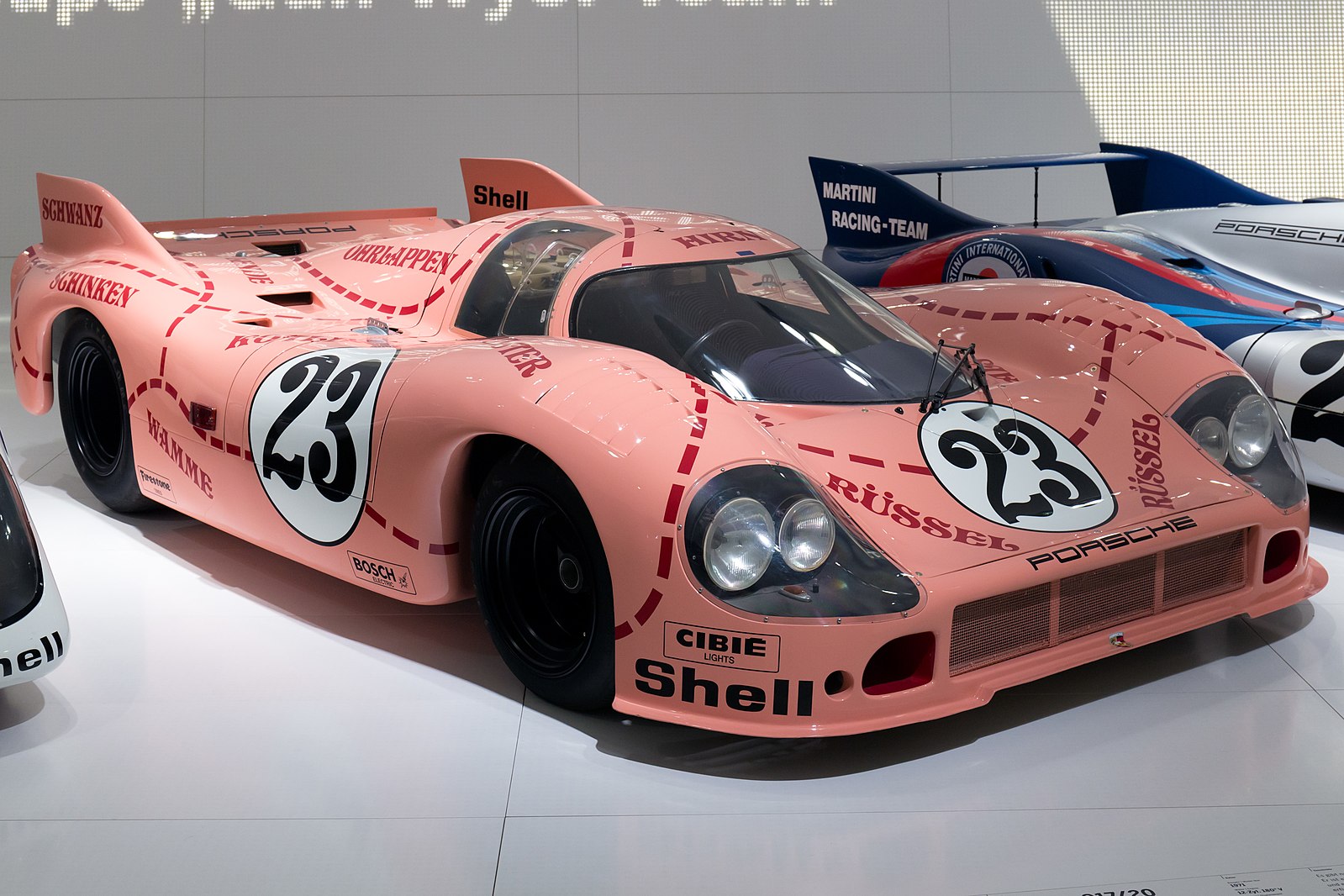
The Porsche 917/20, also known as the “Pink Pig,” raced in the 1971 Le Mans. It featured a wide, short body with exaggerated wheel arches, making it look like a butcher’s diagram of a pig. Painted pink with butcher’s cuts outlined, it was an eye-catching and humorous entry, combining unusual aesthetics with competitive performance.
Lotus 88

The Lotus 88, introduced in 1981, featured a dual-chassis design intended to separate the aerodynamic forces from the suspension. This innovative approach aimed to improve handling and downforce. However, the car was banned before it could compete, as regulators deemed the design to be too radical and against the spirit of the rules.
Nissan DeltaWing
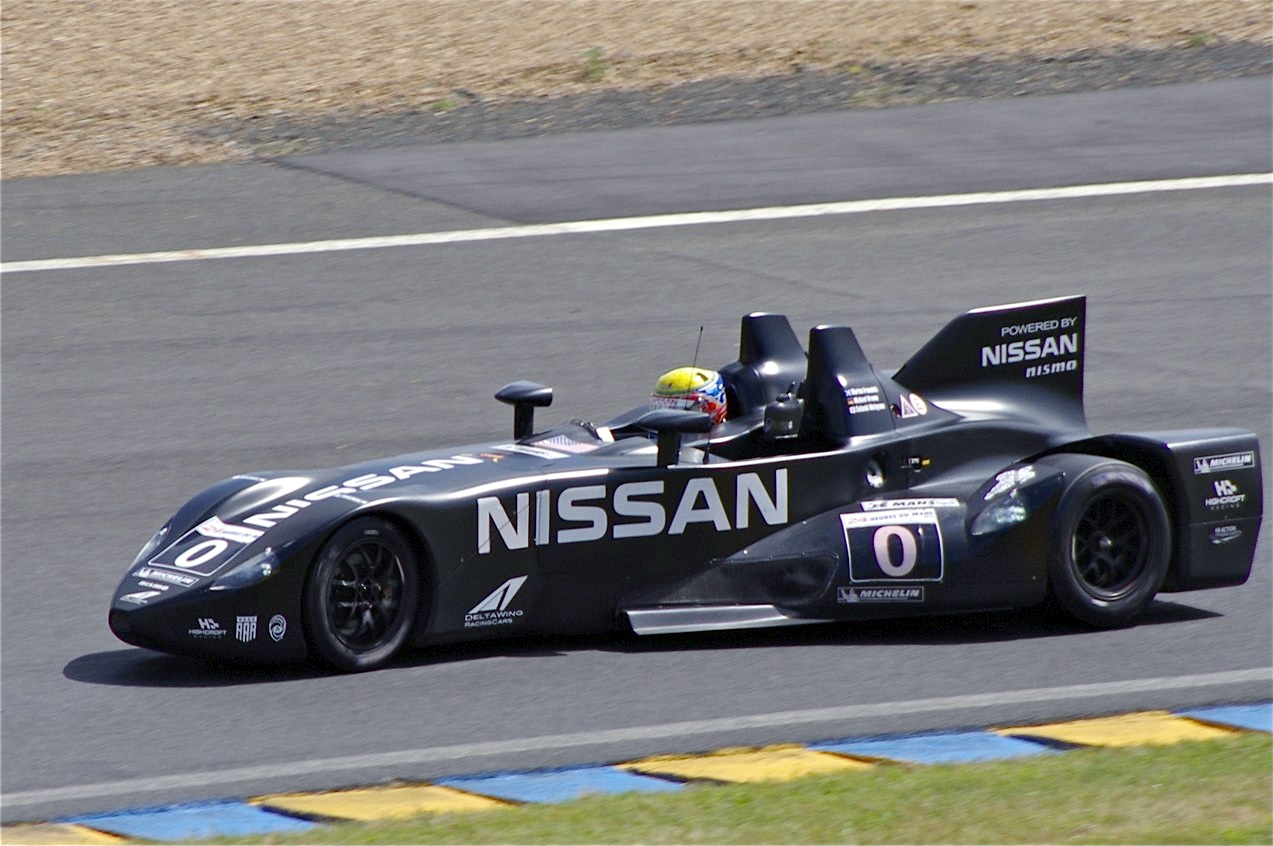
The Nissan DeltaWing, raced at Le Mans in 2012, was another car with a unique narrow-front, wide-rear design. Its lightweight construction and aerodynamic efficiency aimed to reduce fuel consumption and tire wear. While it showcased impressive innovation, the DeltaWing faced numerous challenges, including stability and handling issues.
Chaparral 2E
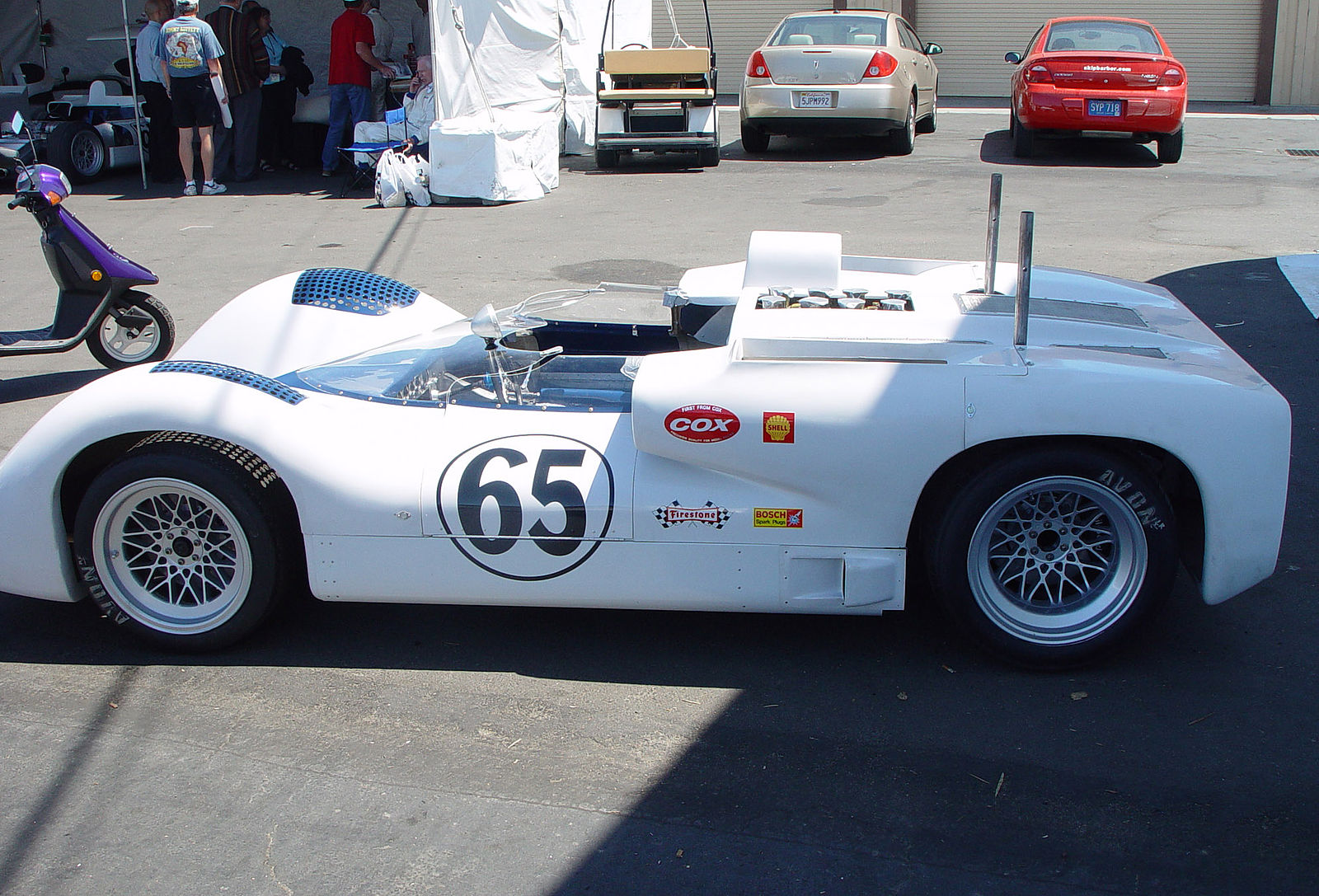
The Chaparral 2E, introduced in 1966, was one of the first race cars to feature a large, adjustable rear wing mounted on struts above the car. This design allowed drivers to adjust the wing angle for optimal downforce during different parts of the race. Its unconventional appearance and pioneering aerodynamics made it a standout in motorsport history.
Aston Martin DP-215

The Aston Martin DP-215, built in 1963, featured a streamlined body designed for high-speed endurance racing. Its elongated, aerodynamic shape aimed to reduce drag, and it included an innovative Kamm tail design. Despite its promising design, the car faced reliability issues, making it a rare and fascinating example of unconventional engineering.
Panoz Esperante GTR-1
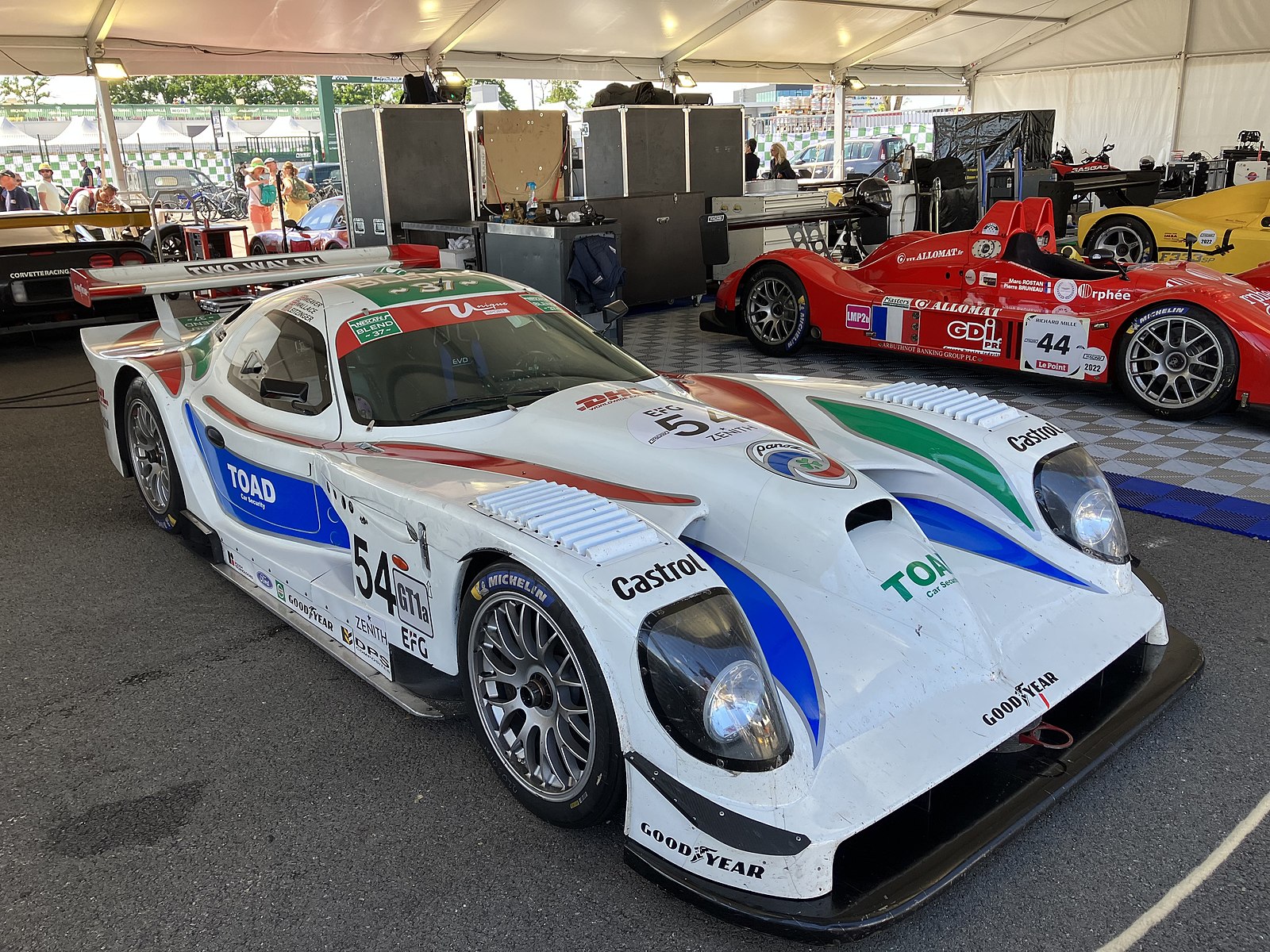
The Panoz Esperante GTR-1, introduced in the late 1990s, featured a front-engine layout, which was unusual for contemporary endurance racers. Its distinctive design included a long hood and a short rear deck, aiming to balance weight distribution and improve handling. The GTR-1’s unique appearance and front-engine configuration made it a notable entry in endurance racing.
Ligier JS5
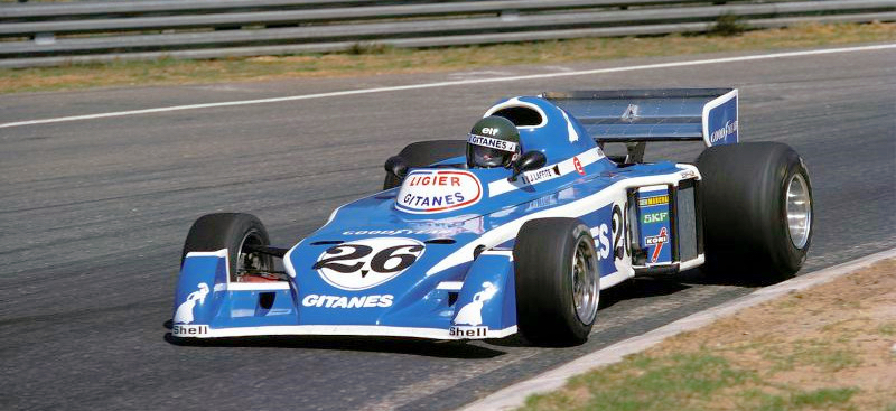
The Ligier JS5, raced in the 1976 Formula 1 season, was nicknamed “The Teapot” due to its enormous airbox above the engine. This large air intake was intended to improve engine performance by increasing airflow. However, its ungainly appearance and limited success led to the design being abandoned in favor of more conventional solutions.
Mazda 787B

The Mazda 787B, which won the 1991 24 Hours of Le Mans, featured a unique rotary engine. The 2.6-liter four-rotor engine produced a distinctive high-pitched sound and delivered impressive power. Its unusual engine configuration and striking livery make the 787B a standout in racing history, celebrated for its innovation and success.
March 2-4-0
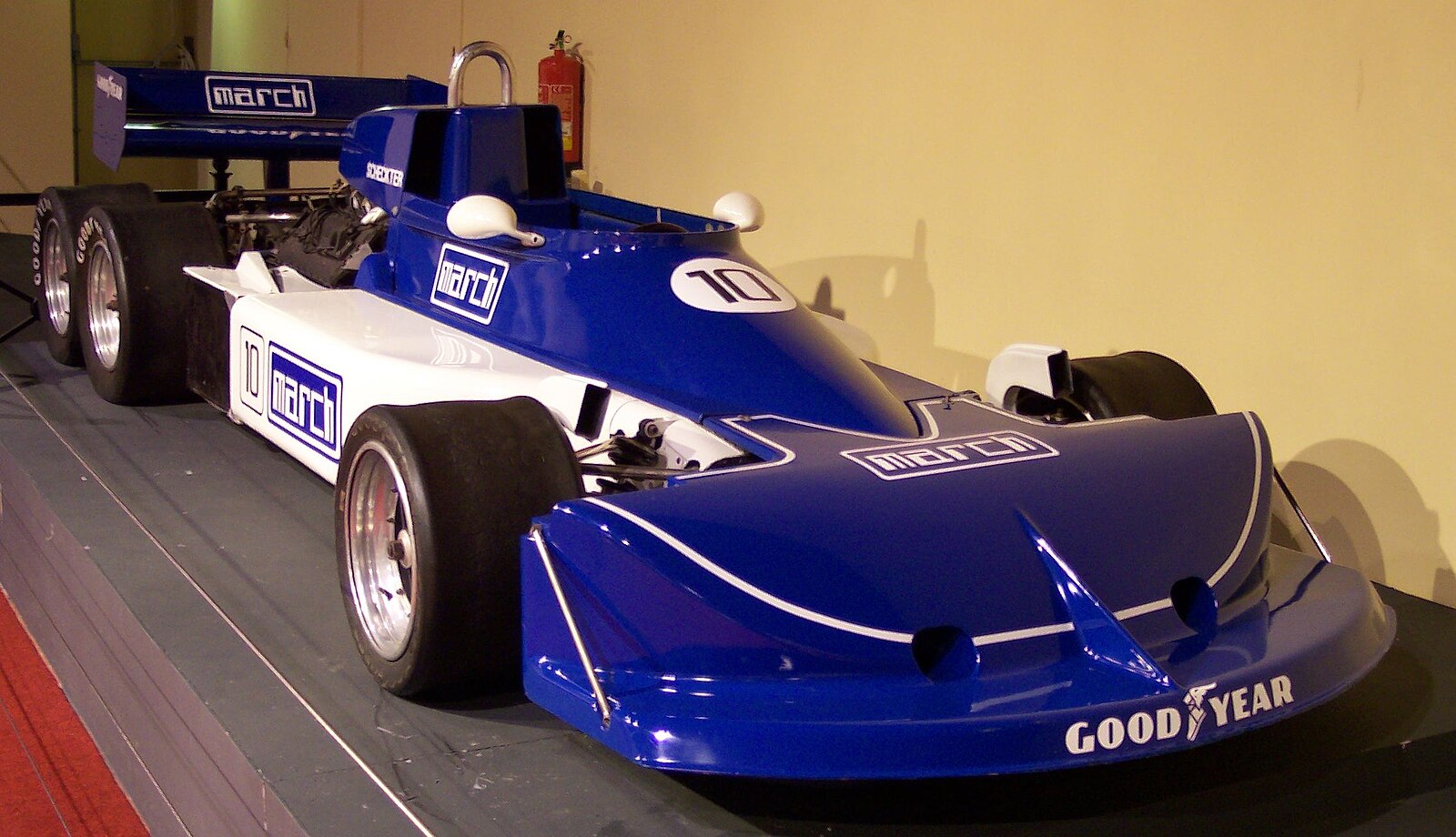
The March 2-4-0, introduced in the 1970s, featured a six-wheel design with four rear wheels. This unconventional setup aimed to improve traction and reduce aerodynamic drag. Despite its innovative approach, the car faced numerous technical challenges and never achieved significant success in racing, remaining a peculiar footnote in motorsport history.
Peugeot 905
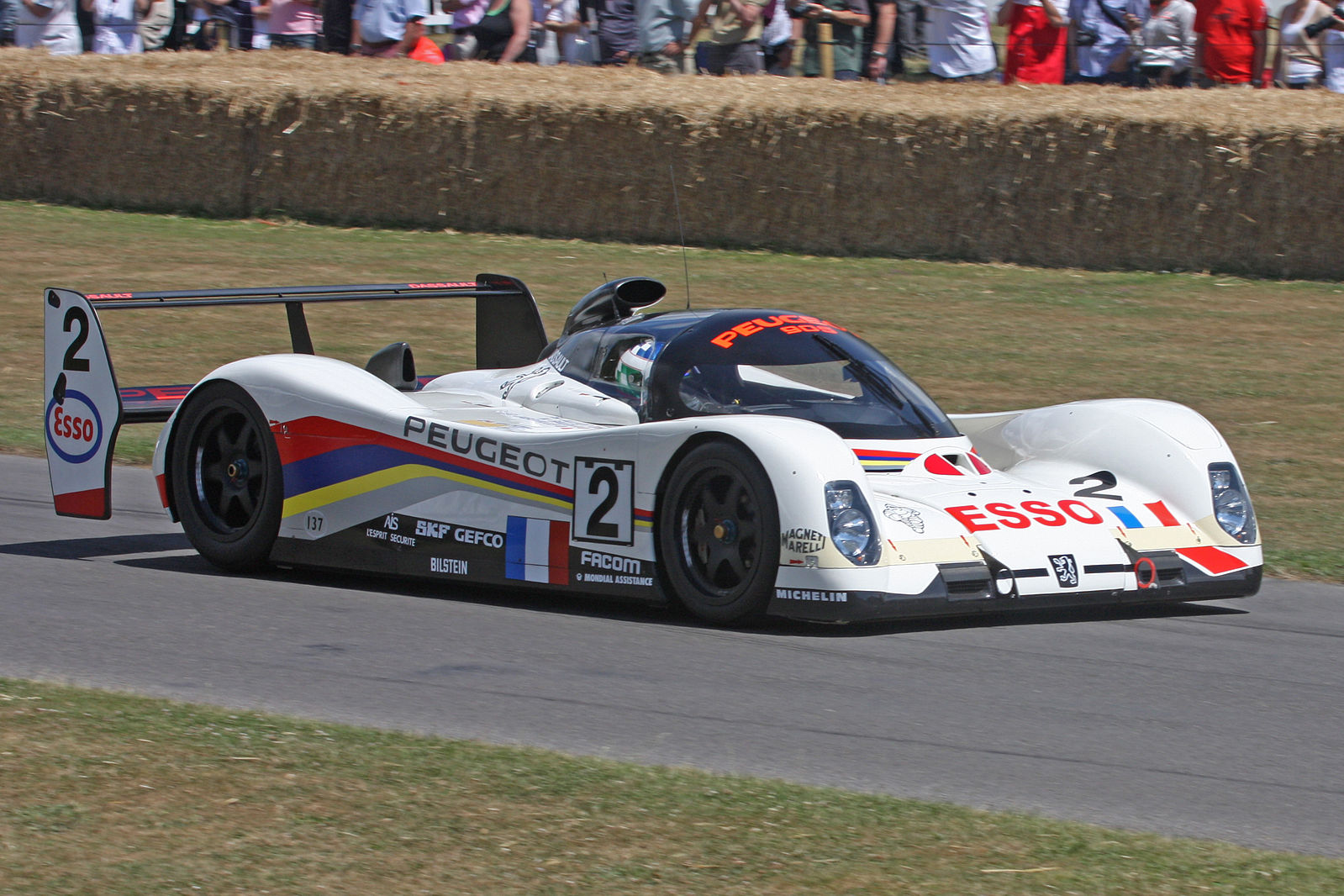
The Peugeot 905, raced in the early 1990s, featured a distinctive high cockpit and sharp aerodynamic lines. Its 3.5-liter V10 engine delivered impressive power and performance. The car’s unique design, including its advanced aerodynamics and lightweight construction, helped it secure victories at the 24 Hours of Le Mans, cementing its place in racing history.
BMW V12 LMR
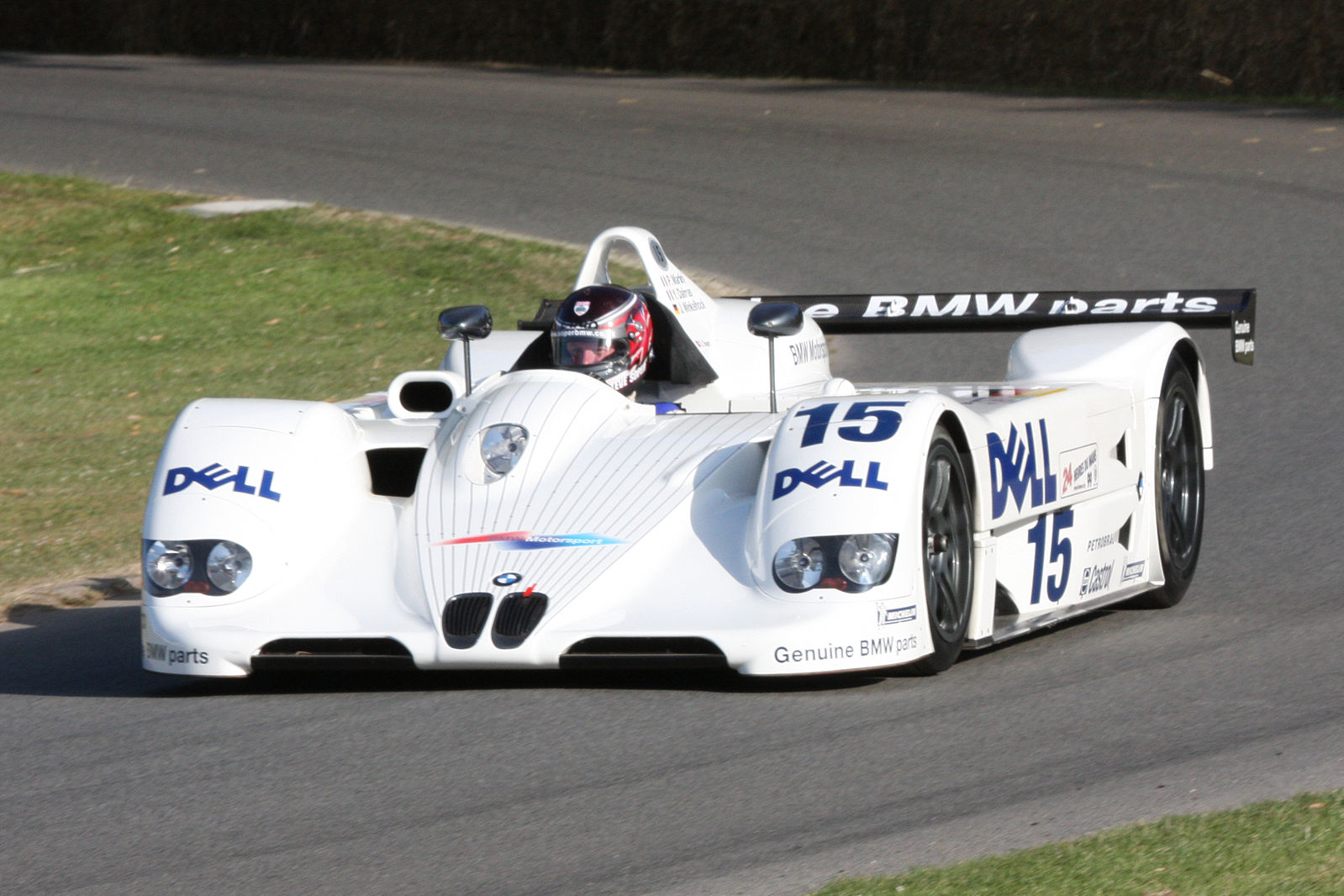
The BMW V12 LMR, which won the 1999 24 Hours of Le Mans, featured an unusual aerodynamic design with a large central fin. This fin helped improve stability and reduce drag at high speeds. Powered by a 6.0-liter V12 engine, the car combined innovative design with impressive performance, making it a memorable entry in endurance racing.
Ferrari 312B3 “Spazzaneve”

The Ferrari 312B3, nicknamed “Spazzaneve” (snowplow), raced in the early 1970s with a distinctive wedge-shaped front end. This design aimed to improve aerodynamics and downforce. Despite its unusual appearance, the car faced numerous handling and reliability issues, making it one of the more peculiar and less successful designs in Ferrari’s racing history.
This article originally appeared on MyCarMakesNoise.
More from MyCarMakesNoise
23 Most Reliable Trucks for Lifelong Performance

Selecting a truck that combines durability with reliability ensures that it can handle both the rigors of daily tasks and the challenges of heavy-duty work. From rugged off-road adventurers to dependable workhorses, certain trucks have established themselves as lasting partners, built to endure through years of service. Read More
20 Underrated Destinations for Road Trip Lovers

Embark on a journey off the beaten path with our guide to America’s backroads—hidden gems that promise unforgettable road trip experiences. From breathtaking natural landscapes to quaint small towns, these lesser-known routes offer a unique way to explore the beauty and diversity of the United States. Read More
13 Classic Chevrolet Cars That Failed to Impress

When it comes to classic cars, not every model becomes a beloved icon. Chevrolet, a powerhouse in the automotive industry, has had its fair share of hits and misses over the decades.While many Chevys have won the hearts of car enthusiasts worldwide, some models missed the mark by a wide margin. Read More














